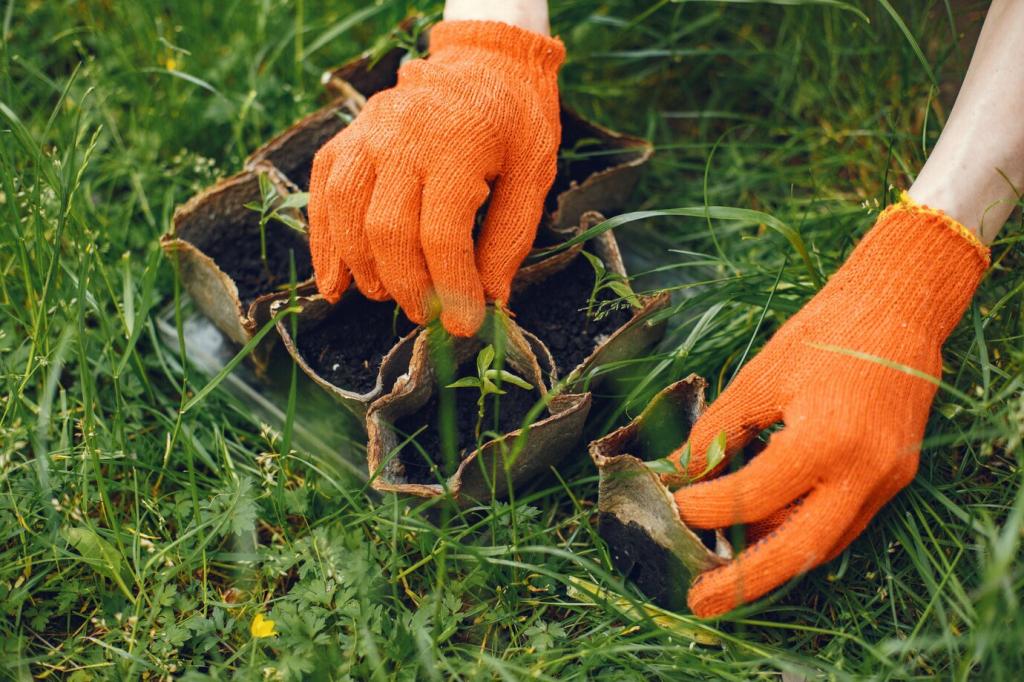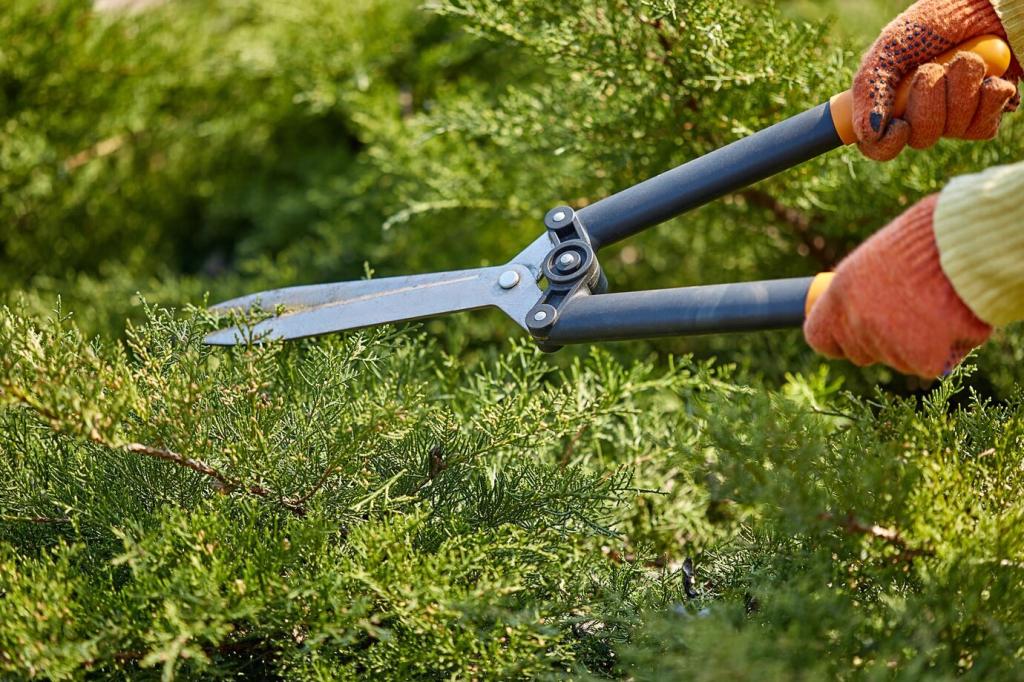Why Rainwater Makes Gardens Thrive
Rainwater is naturally soft and free of chlorine and chloramines, reducing stress on roots and beneficial microbes. It gently dissolves nutrients, encourages strong mycorrhizal networks, and helps seedlings establish faster. Share your first impressions after switching—did leaf color or vigor noticeably improve?
Why Rainwater Makes Gardens Thrive
By avoiding mineral buildup common with hard tap water, rainwater helps maintain soil tilth and porosity. That means better aeration, deeper rooting, and fewer crusted surfaces after hot spells. Tell us how your soil changed through a season of rain-fed irrigation.




